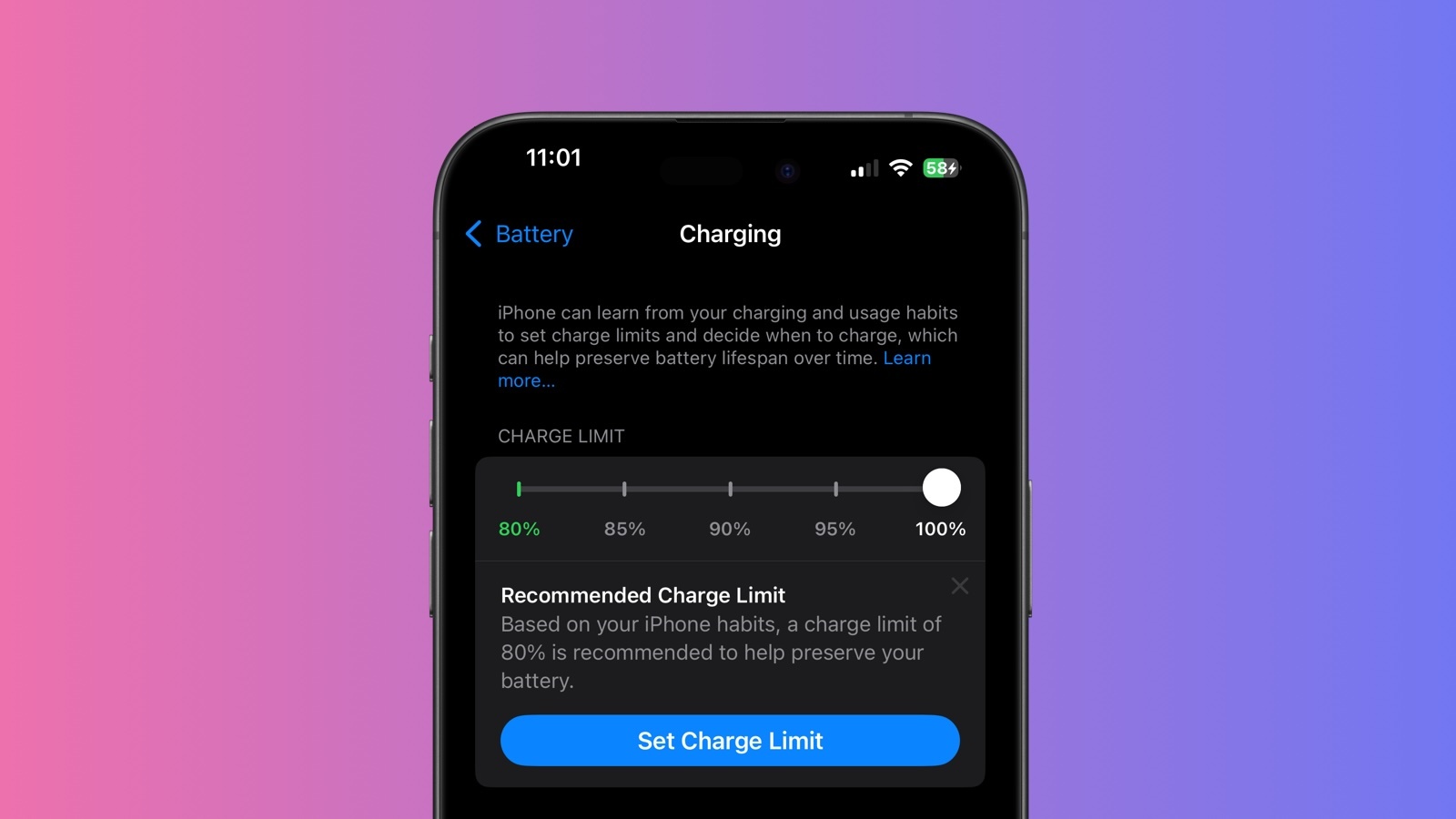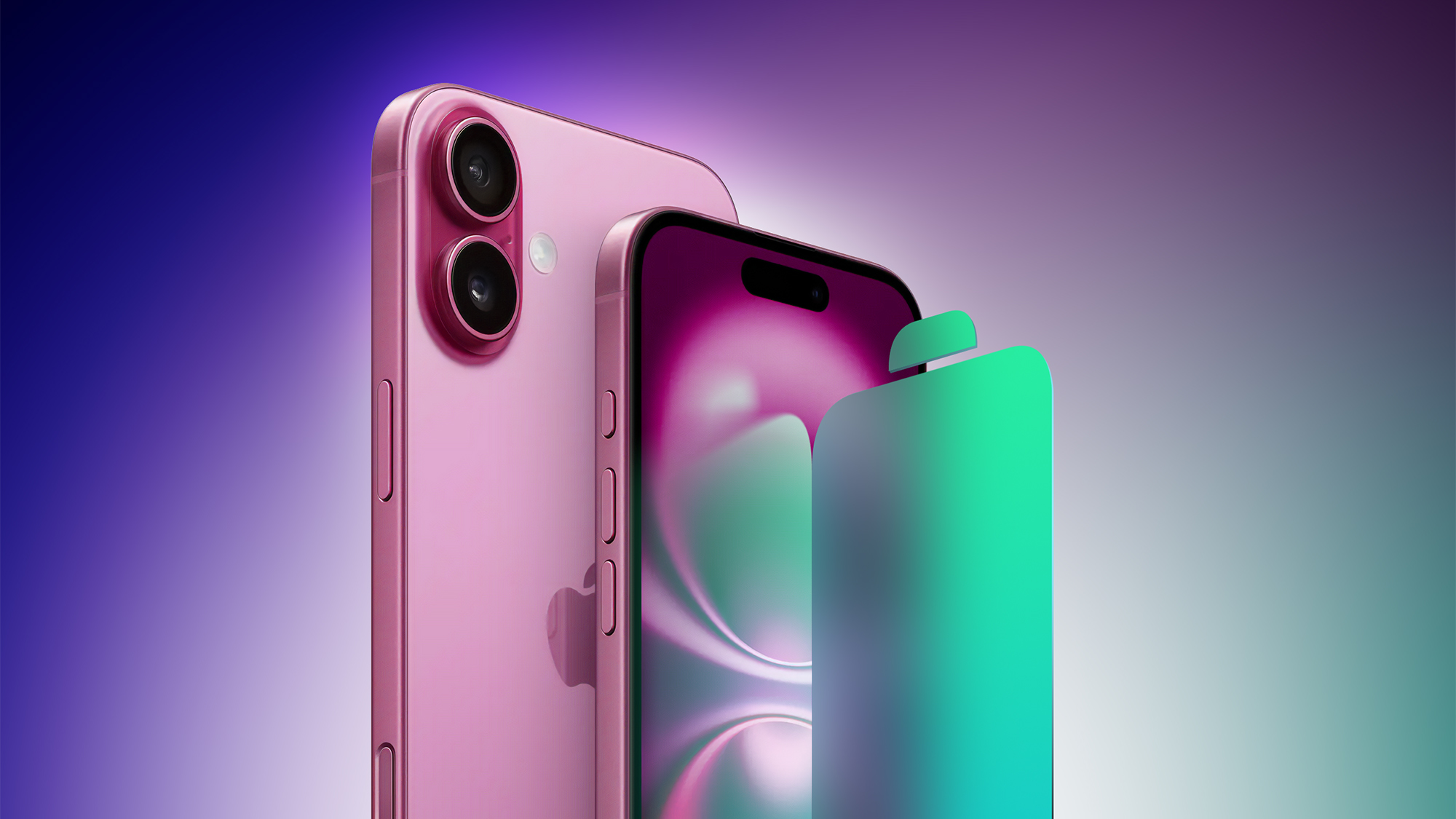Foldables vs smartphones: Can foldable display phones become mainstream?
Foldable display smartphones are on a rise. When Huawei and Samsung launched their first foldable display smartphones back in 2019, it seemed like a concept from a science fiction movie. While there were some obvious concerns regarding the durability of such a device, there was also a sense of ‘awe’ that followed the launches. The world wasn’t unknown to the concept of phones that folded. Flip phones from companies such as Motorola, Nokia and Samsung had already shown us that phones could indeed ‘fold’. But when Huawei Mate X and the Samsung Galaxy Z Fold launched in 2019, it was nothing short of magic. Now in 2021, foldable phones have become somewhat of a regular affair.
And the credit for this change goes to companies like Huawei, Samsung and Motorola that have launched generational updates to their foldables portfolio while introducing varying iterations of the foldable form factor. For Huawei, it is the Mate X series with a notebook design and the newly launched P50 Pocket with a clamshell design. For Samsung, it is the Galaxy Z Fold series and the Galaxy Z Flip series. And for Motorola, it is its Razr series.
Thanks to their success, more companies have chimed in and introduced their own foldable display smartphones in the market. In 2021, a total of six new foldables entered the smartphone market. The list includes the Huawei Mate X2, the Xiaomi Mi Mix Fold, the Samsung Galaxy Z Fold 3, the Samsung Galaxy Z Flip 3, the Huawei P50 Pocket, and the Oppo Find N. Now, more companies are planning to introduce their foldable display smartphones in 2022. Honor, for instance, has confirmed that its first foldable phone – Magic V – will launch in 2022. Apart from Honor, Motorola has also confirmed that it will launch its third generation Razr phone next year.
Needless to say that the foldable display smartphone market is growing steadily, one device at a time. This can be ascertained from the gradually increasing sales numbers of the foldables in the market. Samsung recently shared that it shipped four times more foldable devices in 2021 than in 2020, exceeding the three-fold market growth that analysts had predicted. “The Galaxy Z Fold3 and Z Flip3 exceeded total accumulative sales of Samsung foldable devices in 2020,” the company said.
Similarly, a report by Counterpoint Research predicted that shipments for 2021 will remain in single digit, at around 9 million units. However, it will still be a 3x growth over 2020. In the same report, the organisation predicted that by 2023, a 10x growth in foldable smartphone shipments is expected with more smartphone makers entering the foldable smartphone space.
But there are some apprehensions
While an increasing number of companies are opening up to the idea of having a foldable phone in their portfolio, there are several apprehensions around it. Some even by the tech companies themselves. LG, when it was still in the smartphone business, had said that it wasn’t planning to launch foldable display smartphones despite having the technology owing to consumer reactions.
“We have reviewed releasing the foldable smartphone when launching 5G smartphone but decided not to produce it,” LG’s then president and head of the mobile communications (MC) division and home entertainment (HE) division, Kwon Bong-seok, had said in an interview with the Korean media channels back in 2019 adding, “In terms of technology, we are fully ready to respond depending on consumers’ reactions (to foldable smartphones).”
Similarly, Google has also withheld from joining the foldable smartphone market despite working on the technology for quite some time. “We’re definitely prototyping the technology. We’ve been doing it for a long time,” Mario Queiroz, head of Pixel division, had said in an interview to CNET in 2019.
“I think it needs to be more innovative than that. The use case is going to need to be something where you go, ‘Hey, I definitely need to have this.’ Right now, you don’t need to have a foldable,” he had added.
Then there is Microsoft that came up with its own take on foldable phones, the Surface Duo series that has two separate displays attached together by a hinge – a concept that even LG used in its G8x ThinQ series back when it was still in business.
People are apprehensive too
But smartphone makers are not the only ones that have apprehensions about foldable display smartphones. Samsung’s debut debacle in the case of its first-gen Galaxy Z Fold led the foldable smartphone market off to a rocky start. The fragile display coupled with the durability of the hinge have been a cause of concern ever since the foldable phones arrived in the market, especially in the minds of the users.
Then, there are the obvious price constraints that make them accessible to few. The Samsung Galaxy Z Flip 3 starts at Rs 84,999 in India while the Galaxy Z Fold 3 starts at Rs 149,999. On the other hand, the Motorola Razr 5G starts at Rs 74,999 in the country. Foldable phones by other companies including Xiaomi, Oppo and Huawei aren’t available in India and a host of other countries around the globe yet.
Sweet state of foldables
Price and design concerns aside, the form factor of the foldable display smartphones places them in a sweet spot between tablets and the smartphones. The clamshell design is in direct competition with premium smartphones. What works in its favour is its compact design that manages to offer almost the same features as the ones offered by premium budget smartphones.
The foldable displays with the notebook design, on the other hand, stand in direct competition with hefty and space-consuming tablets. But foldables have an edge over them owing to…well…their compact design and their transformational ability. Simply put, they are smartphones and tablets combined in a single device.
But are these factors enough?
No, not yet at least.
Foldable phones are gaining popularity but they are a long way from being a part of the mainstream market just yet. For one, mainstream smartphones and even tablets are more accessible both in terms of price and availability. They also have a history of trust that stems from durability attached to them, which comes from being in the market for a long time.
Of course, the situation wasn’t all La La Land for these devices, that is, smartphones and tablets either. It took masses quite some time to move from a multimedia phone to a smartphone. It also took some time for tablets to be adopted and accepted as an interface between smartphones and laptops.
Contrary to that, foldables phones are just three to four years old. They are also much more expensive and fragile.
Of course, there’s hope
All said and done, people are slowly warming up to the idea of having a foldable display smartphone. Those who can afford it are certainly giving it a try. Those who can’t, will have to wait until they become more accessible. Regardless, it will take time.
The post Foldables vs smartphones: Can foldable display phones become mainstream? appeared first on BGR India.




